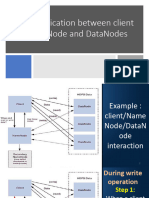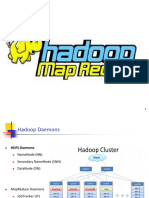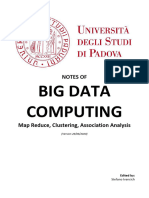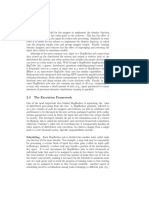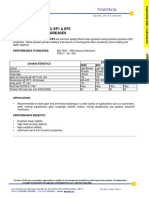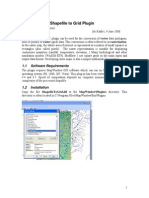0% found this document useful (0 votes)
46 views21 pagesCloud Application Development
The document discusses parallel and distributed programming paradigms, highlighting the differences between distributed and parallel computing, and the advantages of running parallel programs on distributed systems. It explains the MapReduce framework, detailing its architecture, phases, and the roles of Job Tracker and Task Tracker, as well as the benefits of Twister for iterative computations. Additionally, it covers the Hadoop library, its HDFS architecture, features, and fault tolerance mechanisms.
Uploaded by
satyamshivam.inCopyright
© © All Rights Reserved
We take content rights seriously. If you suspect this is your content, claim it here.
Available Formats
Download as PDF, TXT or read online on Scribd
0% found this document useful (0 votes)
46 views21 pagesCloud Application Development
The document discusses parallel and distributed programming paradigms, highlighting the differences between distributed and parallel computing, and the advantages of running parallel programs on distributed systems. It explains the MapReduce framework, detailing its architecture, phases, and the roles of Job Tracker and Task Tracker, as well as the benefits of Twister for iterative computations. Additionally, it covers the Hadoop library, its HDFS architecture, features, and fault tolerance mechanisms.
Uploaded by
satyamshivam.inCopyright
© © All Rights Reserved
We take content rights seriously. If you suspect this is your content, claim it here.
Available Formats
Download as PDF, TXT or read online on Scribd
/ 21




















